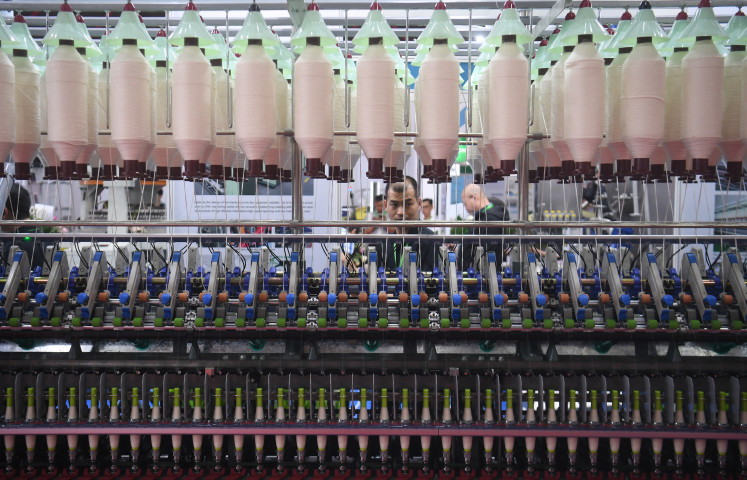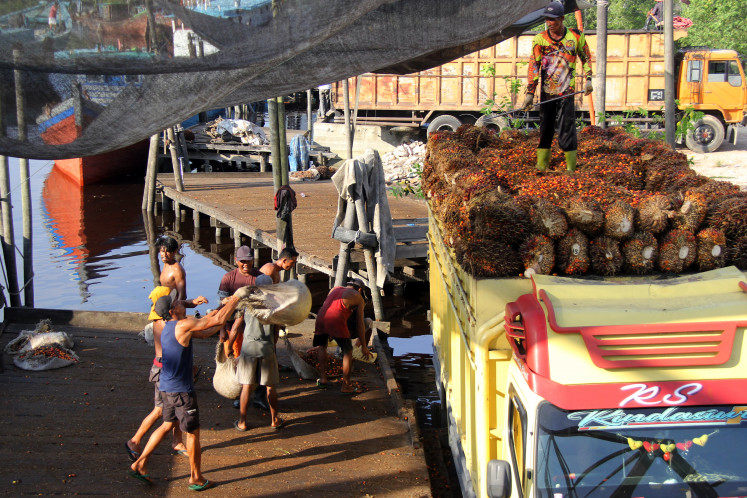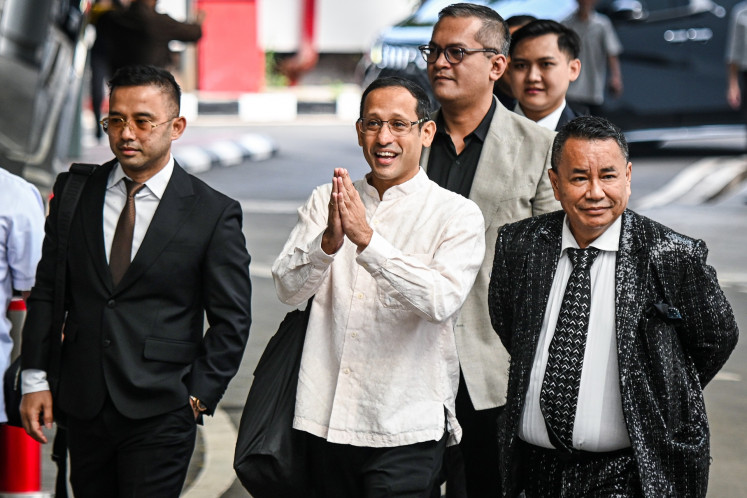Popular Reads
Top Results
Can't find what you're looking for?
View all search resultsPopular Reads
Top Results
Can't find what you're looking for?
View all search resultsAuraeus Solito: Filipino filmmaker tells the mystical story of Palawan Island
Courtesy of Viory SchellekensFilipino film director Auraeus Solito was born and grew up in Manila, however, there was always a mysterious knowledge within him, a memory that came through dreams and a vivid imagination
Change text size
Gift Premium Articles
to Anyone
C
span class="caption" style="width: 398px;">Courtesy of Viory SchellekensFilipino film director Auraeus Solito was born and grew up in Manila, however, there was always a mysterious knowledge within him, a memory that came through dreams and a vivid imagination.
When he was young, he didn’t really know what those dreams meant, but later he came to know that this was the collective consciousness of being a native of Palawan.
His Palawan mother brought him up on stories of their people, who were misunderstood and even called uncivilized by people in Manila.
Palawan is an island in the Philippines archipelago. The name actually comes from the name of the indigenous people who live close to the sea and the land of Palawan, and are said to be descendants of a shaman-king from the mountains. They have a culture that goes back to a time long before the Spanish conquest of the island nation.
The indigenous people of Palawan were animists with an intimate knowledge of their environment, but nowadays their culture is threatened by national government decisions often insensitive to the old ways and by industrial activities on their land.
After graduating from university, Auraeus answered the powerful calling to go to his homeland, hoping to understand himself by learning about his heritage.
There, he was told by locals that he was actually from a long line of shamans, but that the land did not yet know him. He was the first of his people born and bred in the city, and he ended up spending seven years in Palawan, learning about and helping his people.
Aureaus had been a gifted student, and was selected to attend the prestigious Philippine Science High School, (PISAY) — a government funded high school.
He has made five films up to now. One of them, PISAY is based on his years at the high school during the years leading up to the revolution in his country in which Ferdinand Marcos was ousted.
His first film was The Blossoming of Maximo Oliveros and is a touching story, filmed on a very low budget, using Auraeus’ own home and the local street where he lives as locations. It tells of a young boy growing up in a loving and tolerant family that understands and accepts that he is effeminate and who protect him in the tough neighborhood where they live.
His other films are Tuli and Boy.
In May of last year Auraeus released Busong or Fate. With this fifth feature film he has confirmed his position as one of the leading film directors in his country. He is also the writer, credited under his Palawan name, Kanakan Balintagos.
Busong premiered in the Directors’ Fortnight section of the Cannes Film Festival and in July it screened at the Cinemalaya Independent Film Festival in Manila.
Since then, Auraeus has traveled for seven months, showing the film at film festivals in Europe, Canada and India. The film has received several awards including the Emile Cantilon Award in Brussels, Belgium, and the International Critics’ Prize at the Eurasian Film Festival in September. It is on The Wall Street Journal’s list of 10 best Asian films of 2011.
Busong tells several stories that revolve around a young man, Aris, who is journeying on the island of Palawan back to his home village, just as Auraeus himself did. Aris meets various people and becomes their temporary companion, learning about their lives.
These stories encapsulate the issues confronting Palawan people today, and contain echoes of Auraeus’ experience during his own journey home.
There is a reference to “The Mountain of Mystery” where government doesn’t exist and church bells are never heard – a clear reference to two forces that have damaged the Palawan way of life.
Aris the journeyman meets another young man, Ankarang, who is carrying his sister Punay in a hammock. She is a beautiful young woman who is suffering from strange and so far incurable lesions on her body and cannot walk because of the painful condition.
Punay’s devoted brother has carried her all of her life and is trying to find a healer who can help her. Punay (played by Alessandra de Rossi) is a metaphor for the beautiful island of Palawan and the injuries it has suffered. As they pass the mountain where a nickel mine has scarred the earth and polluted the air, Punay says, “I am like that mountain – bleeding.”
Her brother eventually finds a healer and a ritual is enacted. The wounds are revealed to contain the chrysalis of butterflies undergoing metamorphosis. In the symbolic final moments of the film, we see them emerging from her skin. At last her suffering is over, and she smiles gently and cries in wonder.
For Auraeus, Busong represents the fulfillment of a longtime dream, and it is the first in a trilogy about his people and Palawan.
His profound message: “What you do to nature, you do to yourself.”










